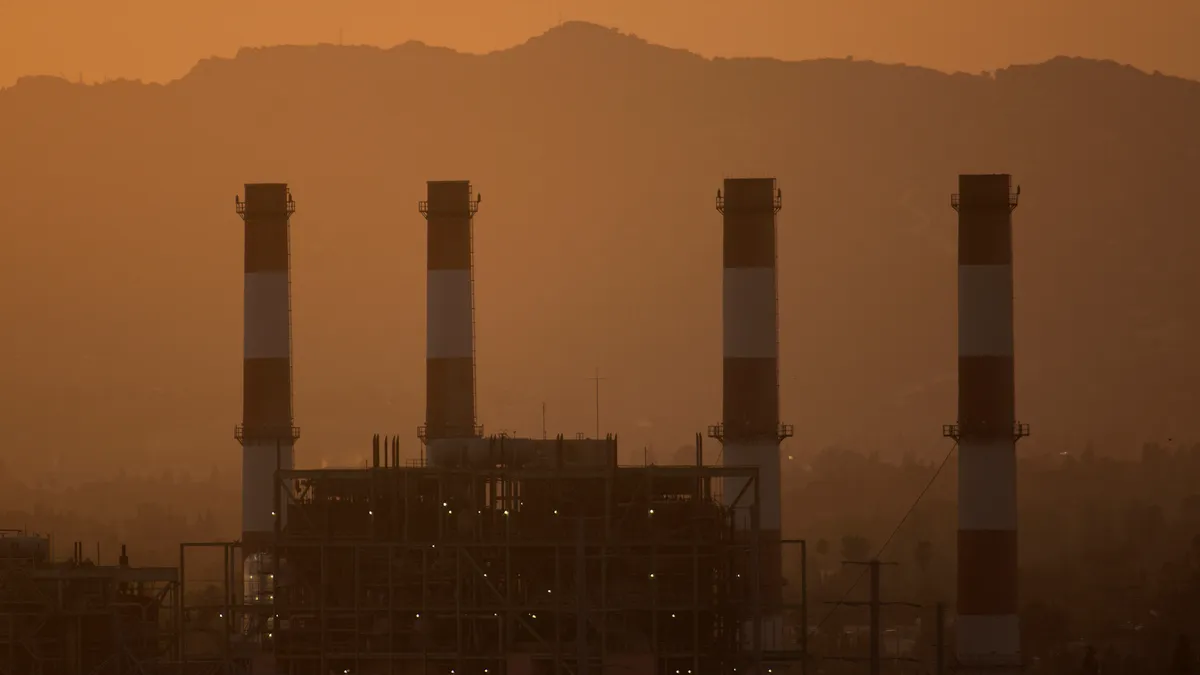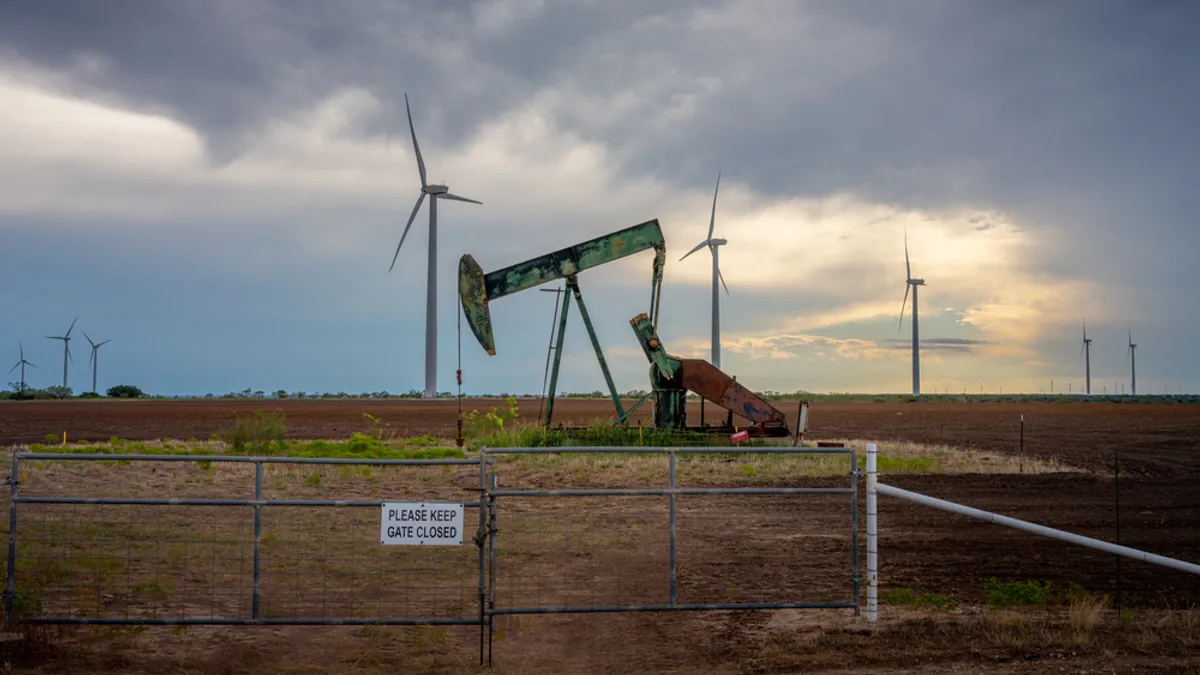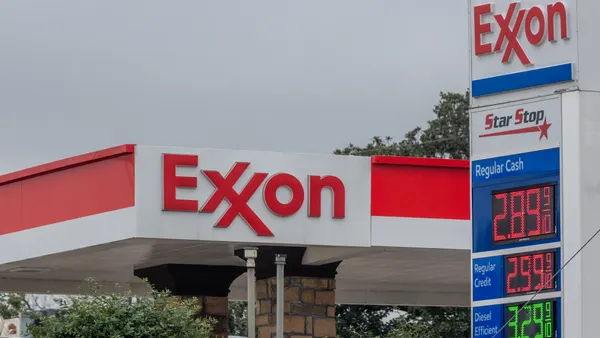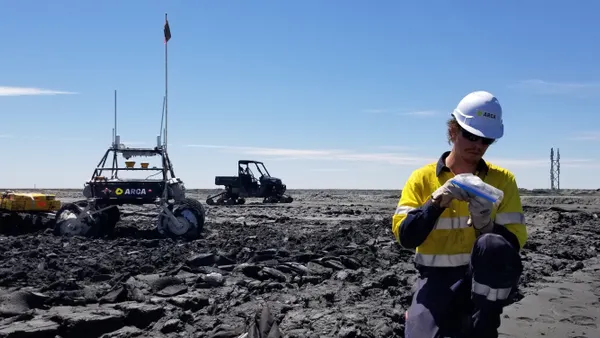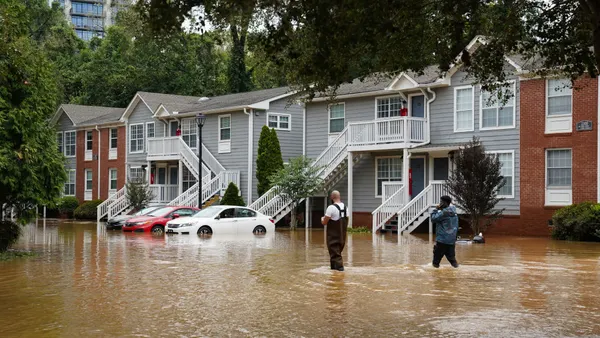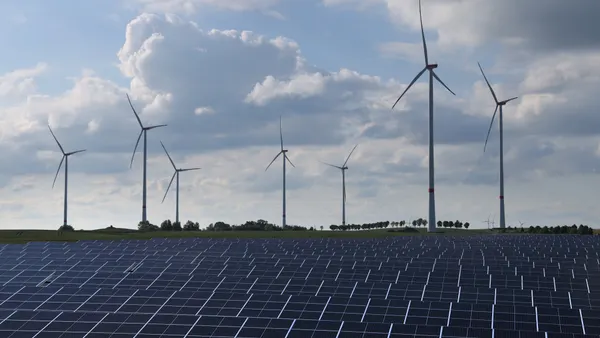Dive Brief:
- The United States has set a goal to reduce net greenhouse gas emissions 61-66% over pre-2005 levels by 2035, the White House announced Thursday. The goal represents the country’s updated Nationally Determined Contribution to reaching net zero as part of the Paris Agreement.
- The White House announced it had formally submitted the target to the United Nations Climate Change secretariat, updating a target set by President Joe Biden in 2021 after he entered office.
- The country is not on track to achieve its 2021 goal of reducing emissions 50-52% by 2030, as part of its nationally determined contribution, according to multiple projections.
Dive Insight:
As President-elect Donald Trump will take office in January — and campaigned on pulling the U.S. from the Paris Agreement again — the White House said in its formal submission that “the actions of subnational and Tribal governments will be critical” to meeting the goal.
The White House said the target range puts the country “on a straight line or steeper path to achieve net-zero greenhouse gas emissions, economy-wide, by no later than 2050.” The plan was developed through an analysis of “how every economic sector … can spur innovation, unleash new opportunities, drive competitiveness and cut pollution,” the announcement said.
“There are multiple paths to reach these targets, and U.S. Federal, state, local, territorial, and Tribal governments have numerous tools available to work with civil society and the private sector to mobilize investment in the years ahead while supporting a stronger, fairer economy,” the announcement said.
In addition to relying on localities to take up more of the work in the climate fight, the White House said achieving the new NDC will require the public and private sectors to cooperate and communicate, including sharing best practices and looking to align implementation across jurisdictions and entities.
“Broad participation in the development, implementation, and evaluation of emissions reduction measures will play an important role in reaching the target,” the White House’s submission to the UN said.
As part of the goal, the country will look to reduce its methane emissions 35% by 2035, from 2005 levels, to help meet its overall greenhouse gas emissions target. Though the U.S. did not set sub-targets for specific greenhouse gases, it tabbed a percentage for methane emissions reductions because “cutting methane emissions is among the fastest ways to reduce near-term warming and is an essential complement to carbon dioxide mitigation,” according to its UN submission.
The White House said in its UN submission that among the “multiple paths” available to the U.S. to reach its NDC are additional investments and technological advancements enabled by private sector or sub-national and Tribal governments. Additionally, the White House said the U.S. can reach its 2035 goal through collaboration between sub-national and Tribal governments, civil society, and the private sector and “leverage existing federal government programs and durable federal legislation” to meet the targets.
While the U.S. met its first Paris Agreement NDC of cutting economy-wide emissions by around 17% by 2020, it is not on track for its 2030 goals. This is despite laws like the Infrastructure Investment and Jobs Act and the Inflation Reduction Act have helped accelerate the clean energy transition.
After the IRA was passed there were estimates the country could be on track to cut around 40% of its emissions by 2030. More recent estimates by BloombergNEF and Rhodium project that the nation is only on track to cut 22% and 30% by the end of the decade, respectively.
The UN has called on countries to set ambitious targets as part of the next round of NDCs, officially due next year and a recent report warned that, at the current pace, the goal of limiting global temperature rise to 1.5 degrees Celsius “will be dead within a few years.” The Emissions Gap report, released in October, found that global governments must collectively commit to reducing 42% of annual emissions by 2030 and 57% of their emissions by 2035 if the world is to meet its 2050 goals.
“The next NDCs must deliver a quantum leap in ambition in tandem with accelerated mitigation action in this decade,” the report said.


